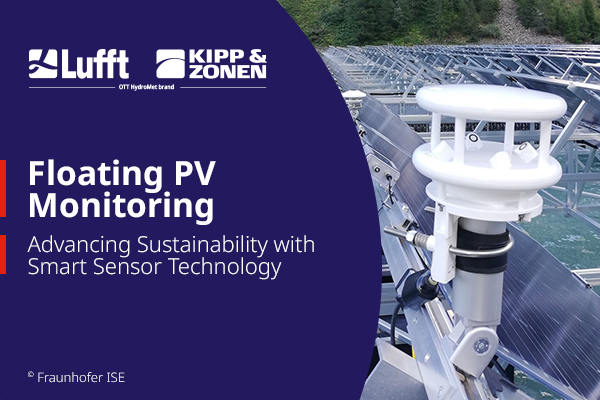„At a red moon and a bright star, thunder and lightning are not far“ or „When the sky is sailed by sheep of white, the weather will stay nice and bright”. These and other weather proverbs and sayings have a tradition of many centuries. They are based on experience and weather observation but nowadays, as we are able to make very detailed predictions on our weather regarding time and geography, they seem slightly out-dated.

„At a red moon and a bright star, thunder and lightning are not far“ or „When the sky is sailed by sheep of white, the weather will stay nice and bright”. These and other weather proverbs and sayings have a tradition of many centuries. They are based on experience and weather observation but nowadays, as we are able to make very detailed predictions on our weather regarding time and geography, they seem slightly out-dated.
Something like this might have crossed the mind of Gotthilf Lufft, when in 1881 he decided to make a pivotal entrepreneurial move and founded the company “Mech. Werkstatt G. Lufft“, where the trained optician produced and selled barometers. The basic idea behind that was as simple as it was brilliant. His measuring elements were diaphragm cells made of metal that expanded and contracted according to the surrounding pressure. With his barometers, Lufft filled a market gap and was successful from the very first year on. Within 20 years, Lufft became market leader in the field of metal barometers until one day, there came a young emperor with great plans…
The „place in the sun“
When German Emperor Wilhelm II wished for a „place in the sun“, for Lufft this turned into a long-lasting spell of rather bad weather, at least from an economical point of view. During the First World War, production was altered and focused on altimeters for the young Air Force. The civil market business collapsed and had to be rebuild from scratch after the end of the war. Another setback was the death of Gotthilf Lufft in 1921. His son-in-law, Dr. Richard Lufft-Müller and proxy Wilhelm Flor took over the business and led Lufft to a second bloom. Apart from barometers, the company was now also producing and selling bi-metal thermometers which once more brought remarkable success. However, the next war already began to cast its shadows.
New beginning in ruins
The second new beginning for Lufft after the Second World War was difficult because of the ever-present scarcity and new changes within the company management. However, when Lufft decided to specialize in weather stations for private households and meteorological measuring instruments for corporate customers, this led to another successful period. The reason for this continuing success had always been the high precision quality of all products which had been repeatedly proven under extreme conditions. The second bloom of the Lufft company continued for thirty more years, until the growing digitalization threatened to put an end to it. In 1989, when everyone in Germany celebrated the Fall of the Berlin Wall, Lufft was facing a wall of its own. Things came to a halt. Everybody demanded digital, but Lufft was mechanical.
The world is digital
After the company owner had decided to sell, Stefan Schöllhammer and Klaus Hirzel took over the company and led it into the digital age. The device that played the most important part in that was the HP 100. The first electronical leaf moisture recorder that helped fruit growers all over the world to prevent vermin infestations on apples, grapes and bananas. On the market, the product was able to profit from the outstanding reputation of its mechanical predecessors and thus secured Lufft a place in the digital future. As a result, the third new beginning was successful as well.
Just like popular lore has a saying for every kind of weather, it also says that „third time is a charm”. For Lufft, this turned out to be very true.


